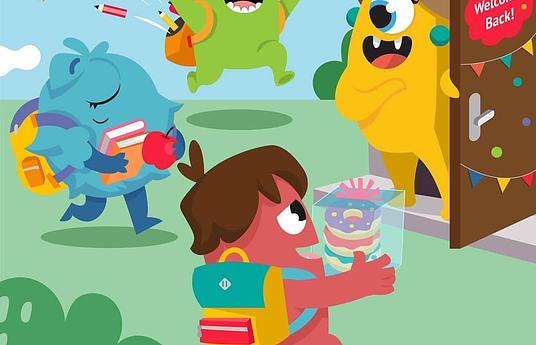Suicide is the second leading cause of death for adolescents in the US. Young people are also particularly vulnerable to the effects of suicide contagion, which is when social influences cause suicide to spread within a population. This contagion sometimes leads to suicide "clusters," like the one we experienced in our home community of Palo Alto, California.
Research shows that media portrayals of mental illness and suicide have a significant impact on suicide contagion: when suicide is depicted in ways that is sensational, graphic, or excessive, suicide rates increase. This led suicide prevention experts to develop a set of safe standards for media professionals, which can be found at www.reportingonsuicide.org. When the media adheres to these guidelines and emphasizes hope, recovery, and resilience rather than tragedy and pain, suicide rates decrease.
Unfortunately, many current media portrayals of mental illness and suicide are damaging to people with mental health conditions, such as the hit TV series 13 Reasons Why. Youth United for Responsible Media Representation strives to start conversations between young people and the media in order to educate people about the impacts of media representation and encourage more responsible portrayals of mental health and suicide. In the past year, we launched a series of youth-led educational workshops and presented at multiple conferences in the United States. We also run a blog, where you can read stories from young people with lived experience with mental health conditions, and stay up to date on our latest work. Our initiative is entirely youth-led, although we are fortunate to receive support from the Stanford Center for Youth Mental Health and Wellbeing.
You can follow our progress on instagram at @responsiblemediaforyouth or by checking our website regularly at www.responsiblemediaforyouth.org



